Our Visit to the Lake Dwellers of Dahomey in Benin.
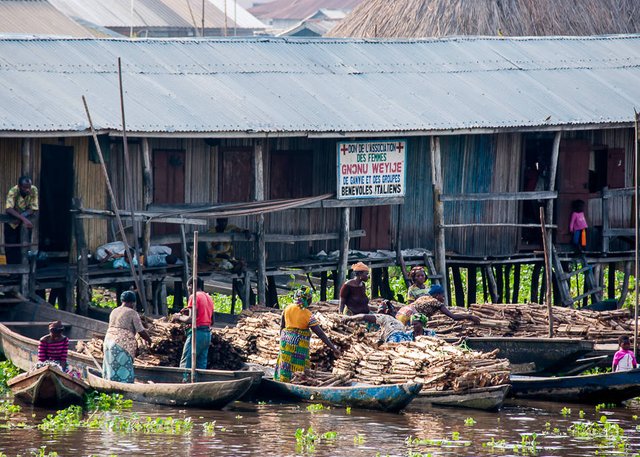
Image by Sandra Desautels: flyingfourchette
HAVE you ever heard of the “Venice of Africa”? That is how the city of Ganvié, Dahomey, is often described. This is because all year round it is under water, and the houses are built on poles or stilts. Travel in this town is like that in Venice, only instead of gondolas the people use the more modest pirogue, a dugout canoe.
Perhaps, instead of making a tourist trip to well-known Ganvié, you would prefer to come and take a firsthand look at life in one of the lesser-known villages lacustres as they are called here by the French-speaking inhabitants. That just means “lake-dwelling villages.” Anyway, that is what we did, and it will be a pleasure to tell you about it.
Since Hetin is accessible only by boat, we could drive only part way. Arrangements were made for us to be met at Dangbo Village, just on the edge of the marsh, and from there we transferred our baggage to a huge pirogue. The boat trip took almost two hours, and we enjoyed every minute of it. Radiantly-colored tropical birds and butterflies appeared in profusion. The friendly people we passed exchanged greetings. No motorboats here to mar the quiet surroundings. Our friends worked hard as they pushed the pirogue along through shallow channels with their twelve- or fifteen-foot poles. We noticed that the smaller craft are propelled with spoonlike paddles.
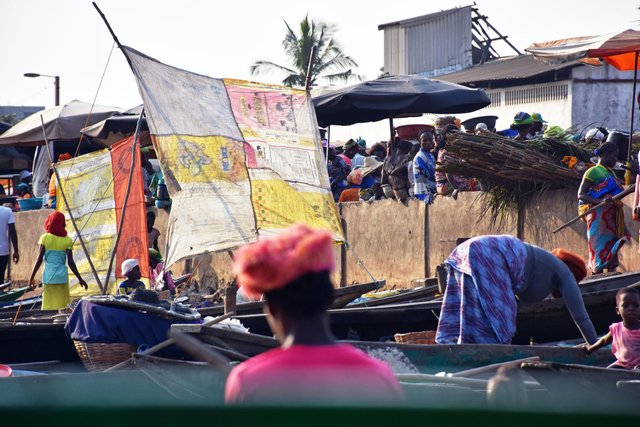
citizens in of the city Of Ganvie in a boat
Soon we came to a wider stream, the Ouémé, which eventually opens out on the Atlantic. The village to which we are heading is located on its banks. As we skimmed along we could see farmers out working in the fields. They are taking advantage of the dry season to plant their crops, for in the wet season these fields are all under water.
Welcome to Our Temporary Home
We are taken directly to the home that will be ours for the duration of our visit. Would it be built on stilts like all the others? Yes, indeed. It clears the ground by about five feet, and we gain access to it by climbing up a bamboo ladder laced together with fiber twine. There is no door. In its place there is a straw mat to afford privacy and keep out the hot sun. When we wondered about leaving all our possessions in a house with no door and no lock, we were assured that there were no thieves in Hetin. And that proved to be true in this community of 6,000 inhabitants.
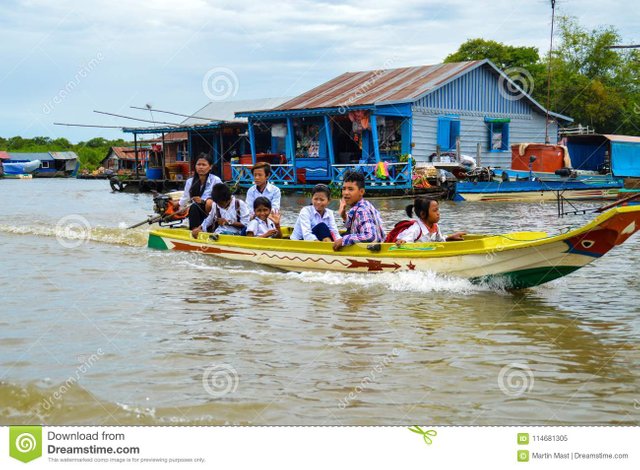
Our house, like most others, is made out of bamboo. These sturdy reeds are tied together with wire and have holes for windows and doors. Most of the dwellings have thatched roofs, but ours has a corrugated sheet-metal roof. The thatch has the advantage of being much cooler in the blazing tropical sun. In general the houses have just one common room with perhaps an elevated loft that is used for sleeping. These lofts are at times quite necessary when the first level gets flooded in the rainy season.
Furniture is not plentiful. Perhaps there will be some low wooden stools. The people sleep on straw mats, and these are rolled up during the day. The floors are cow-dung finished but neither look nor smell as bad as one might imagine. There are the embers of a fire in the middle of the floor where the housewife prepares the meals.
There are no showers, bathtubs or toilet facilities. The villagers all bathe in the river. Men and children go in naked, but the women wear a short “pagne” or wrap-around skirt from their waist to their knees. Considerately, our hosts have built an enclosure at the back of the house with a large stone jar of water with which we can bathe. It seems that we have already created sensation enough without going bathing in the river.
Local Occupations
We had opportunity to see how the local people live and work as we went to see the location of the assembly. This is in a huge plain that is flooded over entirely in the rainy season. At this time of year it is lush with vegetation, and in the distance thousands of cattle can be seen grazing. These cattle all roam together during the dry season, and then are gathered by the individual owners into cattle pens on stilts where they are protected from drowning in floodtime.
There are even gardens on stilts or in old abandoned pirogues. The farmers sow their seed in these elevated beds before the ground has dried and then transport them into the fields once they are ready. There is only one growing season, so most people have two trades—farming and fishing. In flood season they can sit at their own front doors and fish.
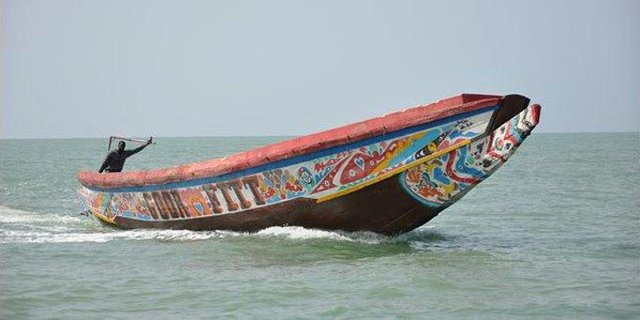
pirogues the means of travel in Ganvie
No automobiles move about this village, and we saw only one bicycle. The pirogue is the common means of travel in the dry season here. Women going to market, men going to work in the fields, children going to school—all of them by pirogue. Of course, one can go on foot, but this entails overcoming a variety of obstacles such as muddy streams.
One day while sharing in the preaching ministry from house to house we crossed four such streams on four different types of bridges. The first was fairly conventional. We climbed a bamboo ladder and crossed on bamboo poles lashed firmly together. The bridge was about six feet wide and twenty-five long. Looking down between the bamboo poles that seem to roll a bit as you walk on them, we saw a pig wallowing in the mud below. We had to look twice, since only his eyes and snout were visible.
Next in succession we crossed two bamboo poles tied together, an old abandoned and partly destroyed pirogue, and then an iron girder about four inches wide. These were all over shallow streams, but, in view of the mud below, nonetheless challenging. The local people are nimble and surefooted, and can cross rapidly, barefoot, with a load on their heads and perhaps a baby tied on their backs.
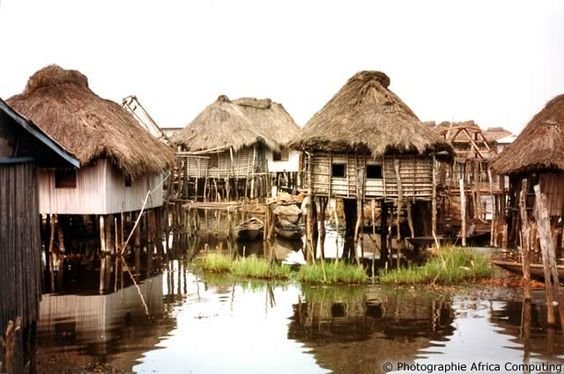
The bamboo houses In Ganvie
Though a hardworking people, these friendly lake dwellers take time out for recreation also. Sometimes late into the night one can hear the sound of their tom-toms as they sing and dance. The children amuse themselves with homemade musical instruments, perhaps a miniature “guitar” made out of an oval sardine can with a carved sounding board to which are fastened five strips of metal of varying length. We also saw a flute made of bamboo, and castanets made of two tiny calabashes joined together with about five inches of string. One is held in the palm of the hand, with the string passing between the index and middle fingers. With a flick of a practiced wrist the calabashes are brought together. Inside them some grain or sand creates a pleasant rhythm.
You can read more of this powerful post from blog here:https://steemit.com/@agodaniel32/posts and can comment and upvote. Thanks very much for your times here.@ocd
Hard-working people are my kind of people. I think the more people work, the more they appreciate life. The less time they have, the more they try to be productive and use "time" wisely. I like your writing style. You should post more. :)
Thanks very much for your heartwarming remark, i really appreciate it and my regards to my family living in Dahomey in Benin.